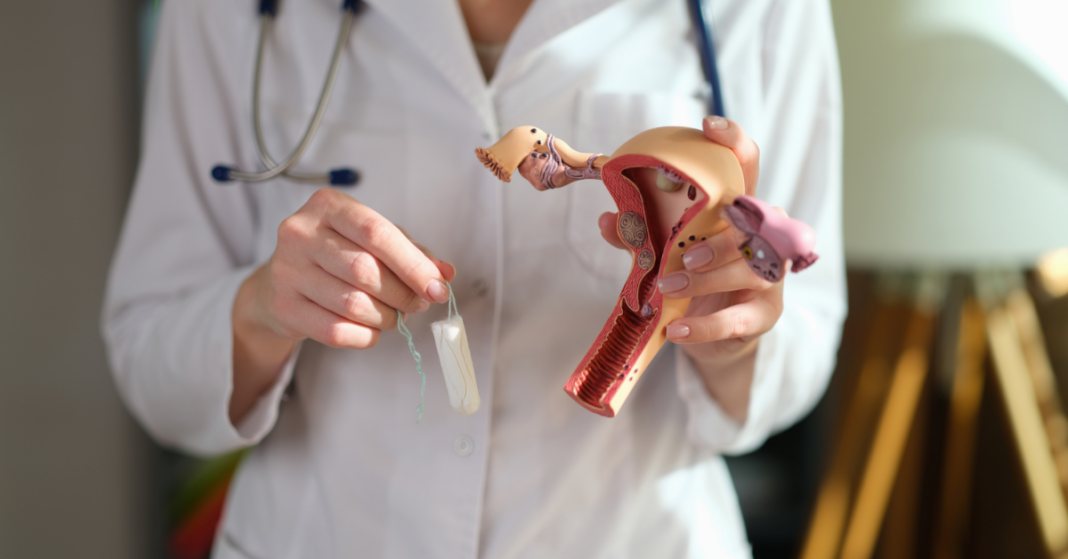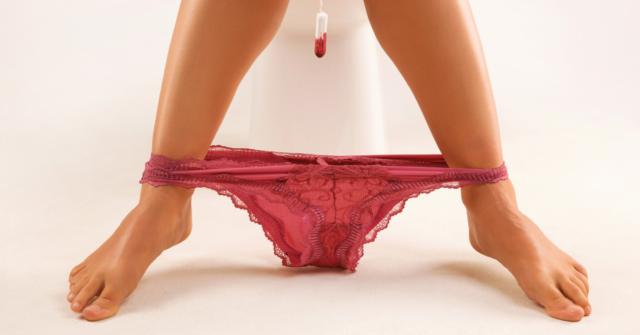Women have started choosing tampons as their menstrual product of choice. Compared to sanitary pads, tampons give you more freedom to workout, swim, and play sports. You might ask, “What happens when I pee?” because you placed the tampon within your vagina. However, the reality is that you wouldn’t face difficulties in peeing while having a tampon on. Tampon use has no impact on peeing, and they don’t need to be changed after every time you pee.
The Channel 46 collaborated with Dr Bharathi Ramesh, Senior Consultant – Obstetrician & Gynaecologist, Motherhood Hospitals, who explains why tampons have no effect on peeing and how to use them properly.
Why Tampons Don’t Interfere With Pee
A tampon is inserted in the vagina and as it may seem like tampons have the potential to obstruct urine flow. The following explains why it doesn’t.
- The urethra is not blocked by the tampon. Your bladder’s entrance, called the urethra, is located directly above your vagina.
- The larger organ known as the vulva, which also comprises the larger lips (labia majora), the smaller lips (labia minora), and the clitoris, encompasses both the urethra and the vagina. If you gently open the labia’s folds with the help of a mirror you can see that what appeared to be one opening is actually two.
There is a little opening near the front (top) of your vulva. That tiny opening is the exit of the urethra – the tube that carries urine from your bladder to out the body. The female clitoris is located immediately above the urethra. The larger vaginal opening is located below the urethra and this is where a tampon is placed. Although a tampon won’t stop urine flow but some pee may still catch on the string as it leaves the body. If it does, don’t be concerned. The urine is sterile (bacteria-free), barring a urinary tract infection (UTI). By urinating on the tampon string, one cannot infect oneself.
- Some women don’t like the way a wet string feels or smells. If you’re one of them, hold the string to the side when you pee.
- Alternatively, take out the tampon before peeing and when you’ve dried yourself off, replace it.
3 Things To Remember While Selecting A Tampon
- Choose the appropriate-sized tampon in order to use it correctly. Start out with the “slender” or “small” size if you’ve never used this type of menstruation product before. Inserting these is simpler.
- If you have a very heavy menstrual flow, “Super” and “Super-Plus” tampons are preferable. Use tampons that are equal to or less absorbent than your flow.
- Think about the applicator as well. Although they tend to cost more, plastic applicators are easier to insert than cardboard ones.
How To Use A Tampon?
- Wash your hands with soap and water before putting in a tampon.
- Take a comfortable position, whether you prefer standing or sitting. You might want to put one foot up on the toilet if you’re standing.
- Open the folds (labia) that surround your vaginal opening with one hand.
- Push the tampon applicator into your vagina while holding it in the middle.
- Push the inner portion of the applicator tube up through the outer portion of the tube once the applicator is inside.
- Finally, remove the outer tube from your vagina. The applicator should extrude from both sides.
- Once inserted, the tampon should feel at ease. The string can be later used to draw the tampon back out.
How Frequently Should Tampons Be Changed?
Most experts advise changing your tampon every four to eight hours or when it becomes saturated with blood. You’ll see stains on your pants when it’s soaked, so you can tell.
Change the tampon within eight hours, even if your period is mild. Bacteria may develop if you keep it in longer. Toxic shock syndrome (TSS) is a dangerous condition that can be brought on by these bacterial growths. However, this syndrome is not common. If you suddenly start feeling ill and running a fever, seek medical attention right away.
3 Things To Remember While Using A Tampon
Here are some tips for keeping your tampon dry and clean:
- Hands should be washed before inserting it.
- If you have a heavy flow, you should change it more frequently every four to eight hours.
- When using the loo, keep the string to the side.
Do whatever makes you feel most comfortable when it comes to urinating while wearing a tampon. It’s up to you whether you want to remove the tampon before urinating. Simply remember to use clean hands when inserting it and swap out the device every four to eight hours to change into a fresh one.
Open up like never before and participate in conversations about beauty, mental health, menstrual & sexual health, and more. Desi women, join our community NOW!



